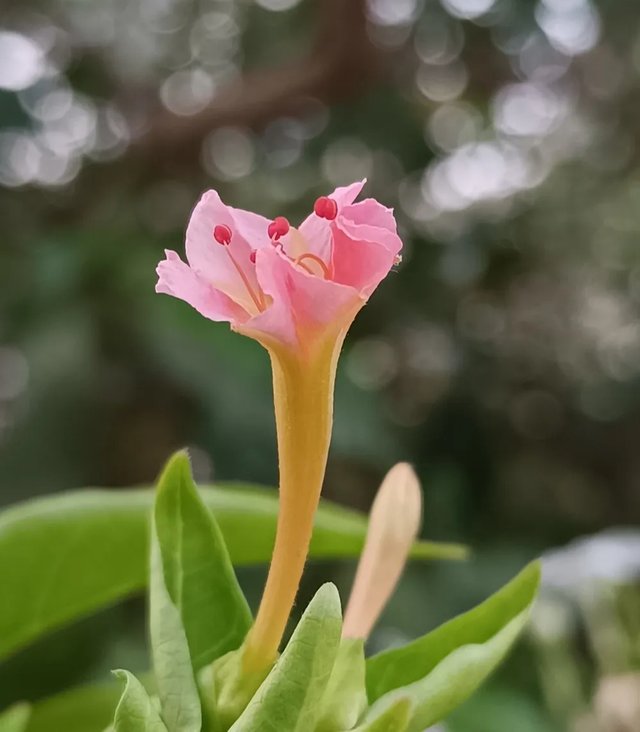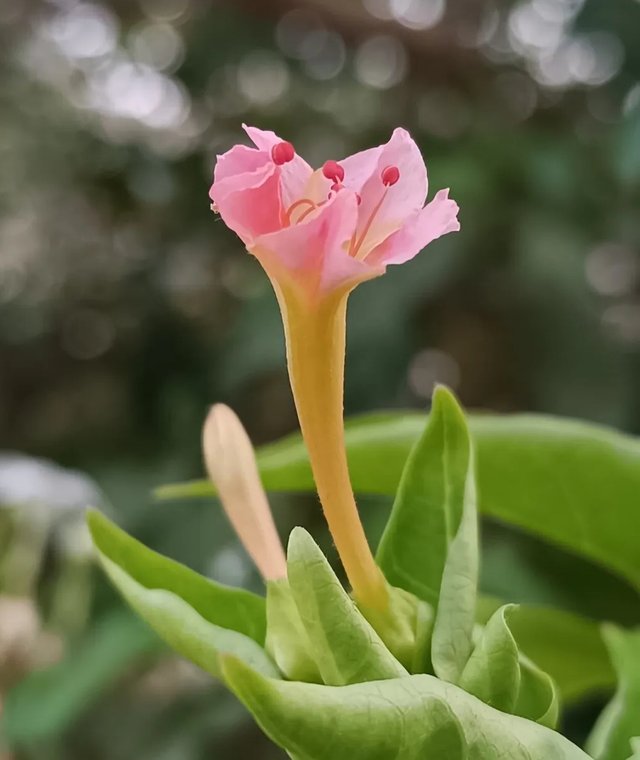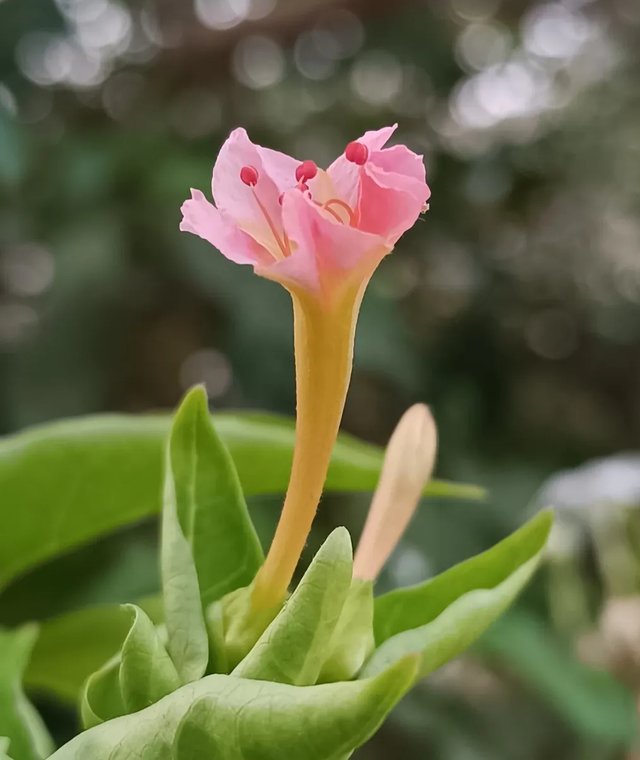Nicotiana tabacum So Amazing Flower
Nicotiana tabacum: The Cultivated Tobacco Plant and Its Global Impact
Nicotiana tabacum, commonly known as cultivated tobacco, is a plant that has played a central role in human culture, economy, and health for centuries. A member of the Solanaceae family—often referred to as the nightshade family—N. tabacum shares genetic and botanical ties with other well-known plants like tomatoes, potatoes, and eggplants. However, its legacy and infamy come largely from one chemical compound: nicotine.
Botanical Profile
Nicotiana tabacum is a robust, leafy annual herb native to the tropical Americas. It typically grows up to 2 meters tall and features large, broad, sticky leaves coated with fine hairs that secrete a resinous substance. Its flowers are tubular, often pink to light purple in color, and attract pollinators such as bees and moths.
The plant thrives in warm climates with rich, well-drained soil and is now cultivated globally, particularly in regions of the United States, China, India, Brazil, and parts of Africa.
Origins and Domestication
The domestication of Nicotiana tabacum can be traced back to indigenous cultures in South America, where it was used in religious rituals, medicine, and recreation long before the arrival of European colonizers. It is believed to be a hybrid species, derived from a cross between Nicotiana sylvestris and Nicotiana tomentosiformis.
Tobacco held deep cultural significance for many indigenous peoples, who smoked it, chewed it, or used it in spiritual ceremonies. When explorers such as Christopher Columbus encountered tobacco use in the Americas, they introduced it to Europe in the late 15th century, where it rapidly gained popularity.
Cultivation and Processing
The life cycle of Nicotiana tabacum includes careful seed germination, transplanting of seedlings, and constant maintenance to ensure leaf quality. After harvesting, the leaves undergo a curing process—air-curing, flue-curing, or sun-curing—each of which influences the final chemical composition and flavor profile of the tobacco.




%20(8).jpeg)